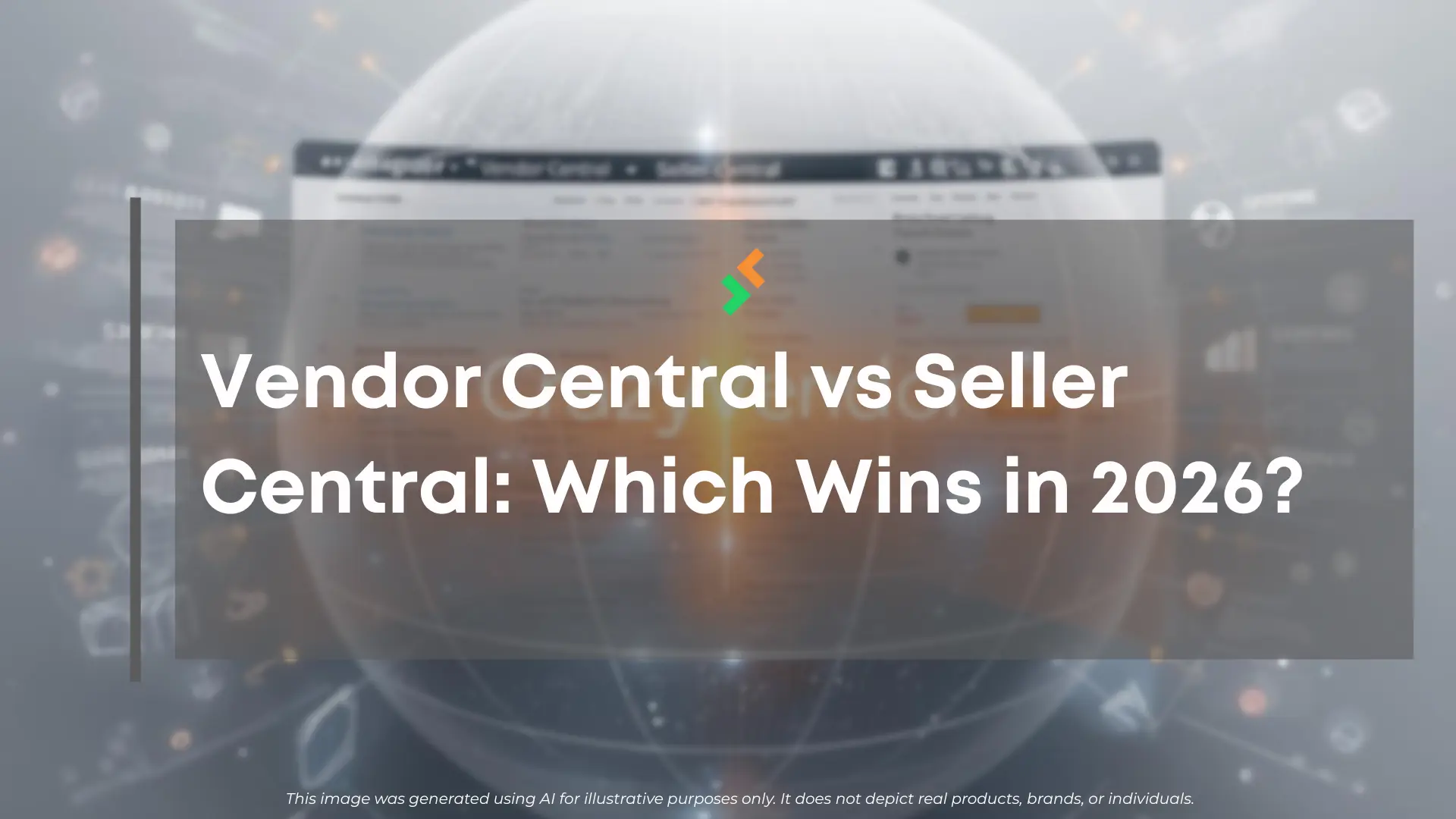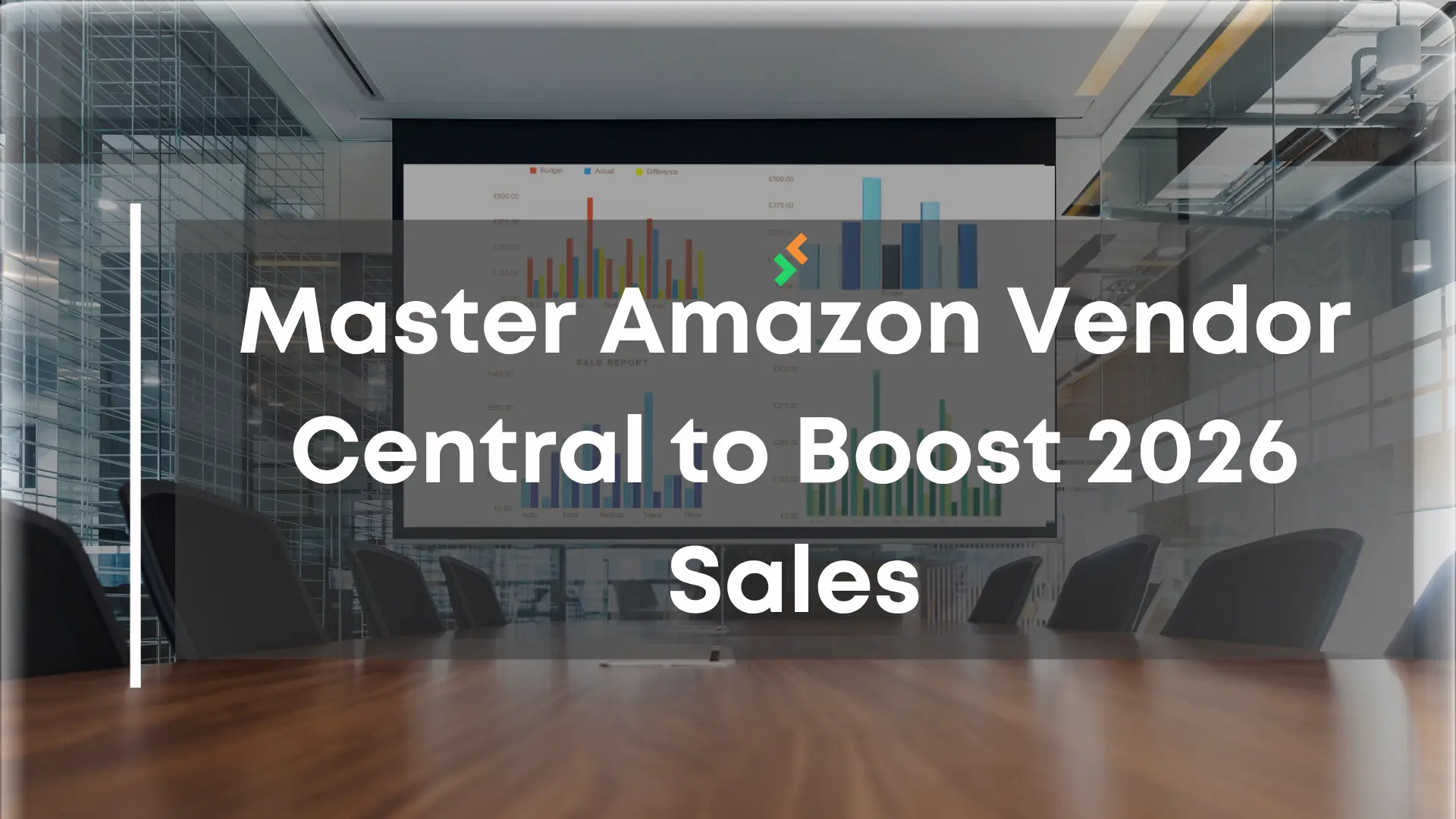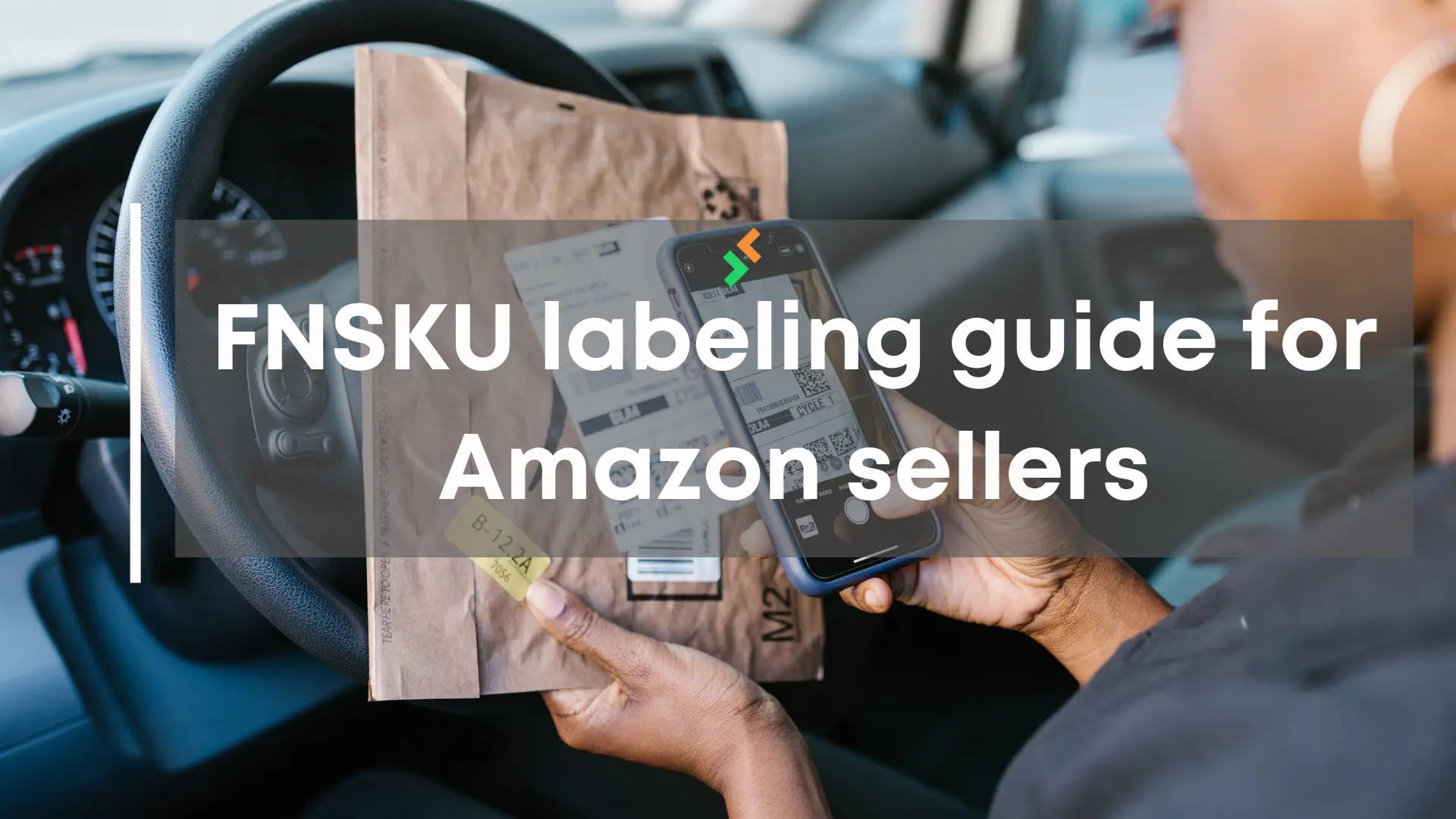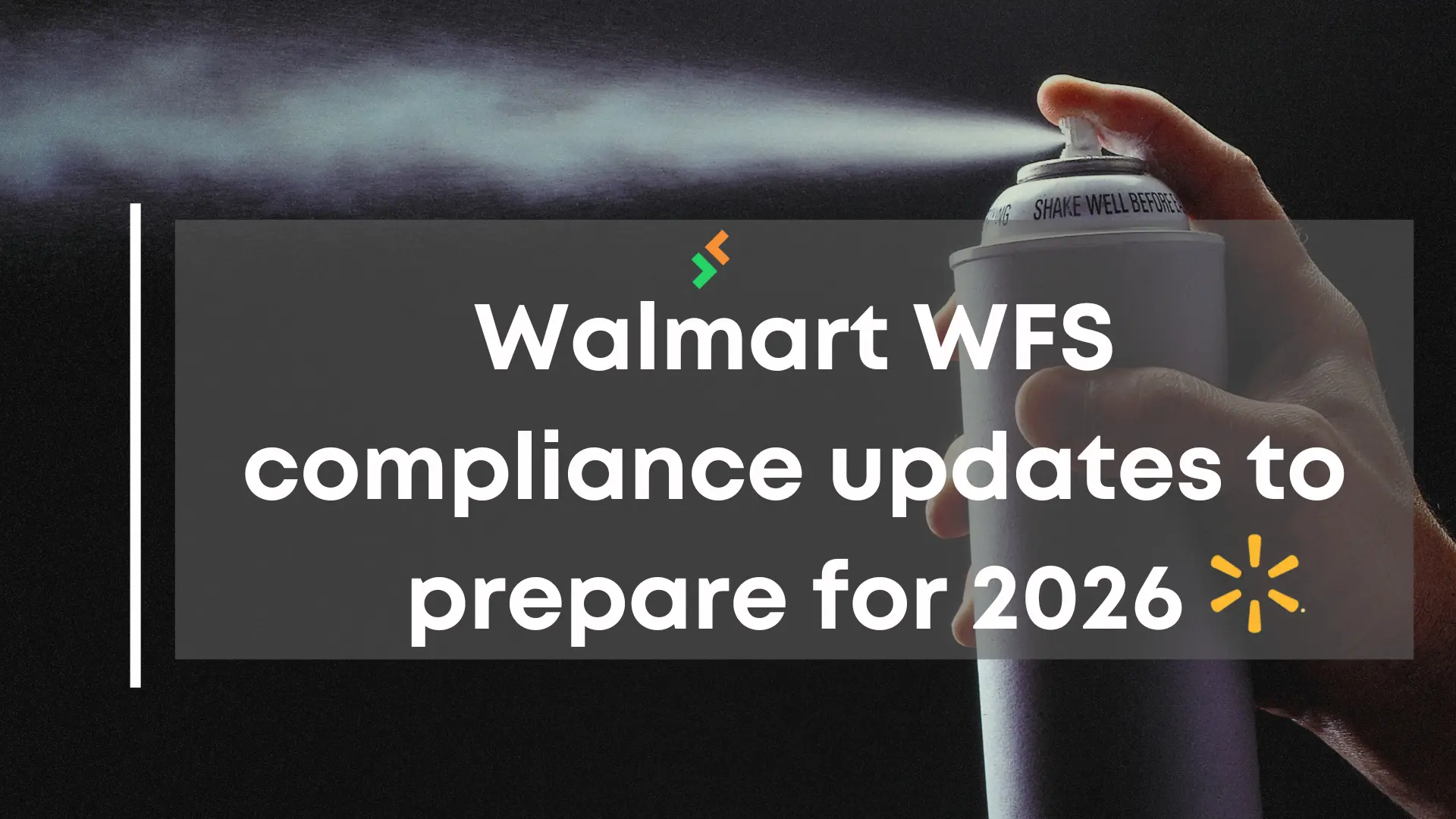
The challenge of managing overstock and stockouts is a constant struggle for eCommerce businesses. Overstock leads to high storage costs and capital getting tied up in excess inventory, while stockouts result in lost sales and dissatisfied customers. Striking the right balance is essential to running a profitable and efficient business.
Without a proper inventory management strategy, businesses often struggle with cash flow problems, excess stock depreciation, and frustrated customers. Overstock and stockouts can severely impact profitability, leading to unnecessary holding costs or missed sales opportunities. The solution? A data-driven approach that leverages automation, predictive analytics, and efficient inventory tracking to prevent both overstock and stockouts before they disrupt operations.
Table of Contents
The Impact of Overstock and Stockouts on eCommerce Businesses
Overstock and stockouts are not just operational challenges; they directly impact revenue, customer satisfaction, and long-term business growth. Understanding these impacts is the first step toward effective inventory management.
The Hidden Costs of Overstock

Overstock and stockouts create significant challenges for businesses, impacting both financial health and operational efficiency. Overstock occurs when businesses order too much inventory, leading to unnecessary expenses and inefficiencies. This results in increased storage costs, as excess stock requires additional warehouse space. Many businesses underestimate how quickly these expenses add up, especially when inventory sits unsold for months. Beyond storage, overstock also means capital is tied up in unsold goods instead of being reinvested into growth strategies.
Another major issue is the risk of obsolescence. Products with limited shelf life, seasonal relevance, or technology-based components lose value over time. Overstocking these items forces businesses into markdowns, reducing profit margins significantly. When discounts fail to move inventory quickly, dead stock becomes a financial burden. At the same time, stockouts can damage customer trust, leading to lost sales and pushing buyers toward competitors.
Balancing inventory effectively is crucial to avoiding both overstock and stockouts while maintaining profitability.
The Consequences of Stockouts
On the other hand, running out of inventory is just as problematic. Overstock and stockouts can damage your reputation, disrupt sales, and push customers to competitors. Customers expect availability when they shop online, and if a product is out of stock, they often look elsewhere rather than wait. Lost sales opportunities add up, especially for fast-moving items or trending products.
Poor inventory planning also leads to increased emergency costs. Businesses scrambling to restock often pay higher shipping fees or rush-order charges to avoid further losses. When stockouts occur frequently, supply chain disruptions follow, slowing down fulfillment, increasing customer service inquiries, and impacting overall business efficiency. Avoiding overstock and stockouts requires a strategic approach, leveraging technology and accurate demand forecasting to maintain balanced inventory levels.
How to Avoid Overstock and Stockouts
Maintaining the perfect balance requires smart inventory strategies. The first step is using demand forecasting to predict customer needs and avoid overstock or stockouts. By analyzing past sales trends, seasonal spikes, and market shifts, businesses can adjust inventory levels proactively. AI-powered analytics tools help track consumer buying behavior and identify patterns that reduce errors in demand planning.
Automating the reordering process also plays a crucial role. Manual inventory tracking is prone to human error, leading to either overstocking or stockouts. Implementing an automated system ensures real-time stock updates, low-stock alerts, and trigger-based reordering to prevent inventory mismanagement. With the right automation in place, businesses can maintain just the right amount of stock without excess storage costs or frequent stockouts. By balancing inventory efficiently, businesses can mitigate overstock and stockouts while maximizing their profitability.
Just-In-Time vs. Safety Stock: Finding the Right Inventory Strategy
For those looking to fine-tune their inventory strategy, implementing a Just-In-Time (JIT) inventory model can minimize overstock. This approach allows businesses to receive stock only when needed, reducing the risk of tied-up capital. However, it requires strong supplier relationships to ensure quick restocking and avoid stockouts during high-demand periods.
Maintaining a safety stock buffer is another important tactic. Unexpected demand spikes, supply chain delays, or seasonal fluctuations can lead to stockouts if businesses don’t have an emergency reserve. Keeping a limited quantity of extra stock ensures continued sales even during peak demand periods. This approach is particularly useful for essential products with consistent demand.
Leveraging Technology to Control Overstock and Stockouts
Modern businesses use technology to avoid overstock and stockouts, streamline operations, and boost profitability. AI-powered inventory forecasting detects buying patterns, tracks real-time sales data, and helps businesses make smarter purchasing decisions. Businesses that implement these tools significantly reduce the risks of overstocking slow-moving products or running out of high-demand items, ultimately preventing both overstocking and stockouts.
Cloud-based inventory tracking further enhances efficiency by syncing stock levels across multiple locations in real time. This prevents miscommunication between warehouses, retail stores, and online platforms. Many eCommerce sellers also integrate multi-channel inventory synchronization, ensuring stock consistency on platforms like eBay, Amazon, Shopify, and Walmart. Keeping inventory synchronized across multiple sales channels prevents overselling, reduces stockouts, and avoids unnecessary overstocking.
Related Resources for Better Inventory Management
For a deeper dive into how inventory inefficiencies affect businesses, check out The Hidden Costs of Poor Inventory Management and How to Avoid Them. This guide explores the financial pitfalls of inventory mismanagement and provides additional strategies to keep stock levels optimized.
Businesses looking to integrate advanced inventory management tools into their strategy can explore SuperDS. This platform offers seamless inventory tracking for eBay sellers, helping e-commerce businesses maintain balanced inventory levels. With SuperDS, sellers can manage stock efficiently, ensuring they avoid overstock and stockouts while optimizing their eBay listings.
Conclusion
Failing to manage overstock and stockouts can cripple an eCommerce business. Overstock ties up capital and increases storage costs, while stockouts lead to lost sales and unhappy customers. However, with predictive analytics, automation, and optimized inventory strategies, businesses can maintain the right balance and stay profitable.
By leveraging tools like real-time tracking, AI forecasting, and multi-channel synchronization, businesses can eliminate inventory issues and maximize profitability. Solutions like SuperDS and CrazyVendor.io provide the automation necessary to take inventory management to the next level.
Investing in smart inventory strategies today ensures long-term financial health and a better customer experience tomorrow.
You can also follow us on social media for more e-commerce insights and updates!










